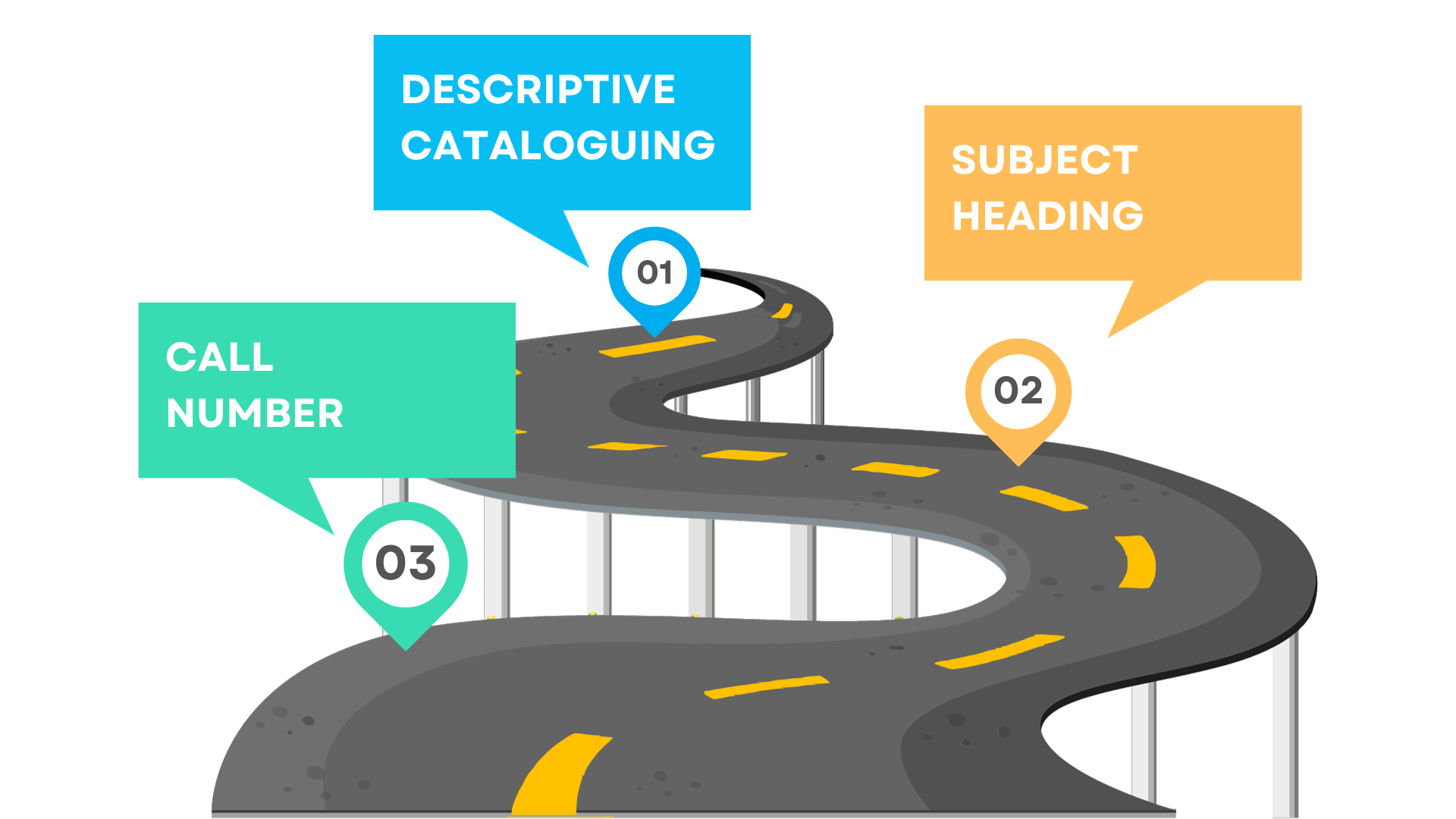RESOURCE DESCRIPTION AND ACCESS (RDA)
| No. | Description |
|---|---|
| 1. | Standard for descriptive cataloguing providing instructions and guidelines on formulating bibliographic data |
| 2. | RDA is the successor to Anglo-American Cataloguing Rules, Second Edition (AACR2), first published in 1978 |
| 3. | Standard for resource description and access designed for the digital world |
| 4. | Supports the clustering of bibliographic records in order to show relationships between works and their creators |
| 5. | It provides guidelines on cataloguing digital resources and emphasizes helping users find, identify, select, and obtain the information they want. |
RDA Steering Committee
- American Library Association (ALA)
- Canadian Library Association
- CILIP Chartered Institute of Library and Information Professionals
- Deutsche Nationalbibliothek
- Library of Congress
- Library and Archives Canada
- British Library
- National Library of Australia
IMPORTANCE OF RDA
| No. | Description |
|---|---|
| 1. | RDA is better at catering to digital resources and resources with multiple characteristics and will provide more guidelines on creating authority headings |
| 2. | RDA has been developed with the end-user in mind |
| 3. | RDA provides a consistent, flexible, and extensible framework for describing all types of resources, including digital resources and those with multiple characteristics |
| 4. | RDA is compatible with internationally established principles, models, and standards |
| 5. | RDA is compatible with a range of encoding schemas, such as MODS, Dublin Core, ONIX, and MARC. It will allow library bibliographic records to be integrated with those produced by other metadata communities and to move into the digital environment beyond the library catalog. |


